Mastering Drone Cinematography: Tips from Industry Pros
30 January 2025
Drone cinematography, once a niche skill, has ascended into the mainstream, revolutionizing the way we capture stunning aerial footage. From sweeping landscapes to dynamic action shots, drones offer filmmakers and hobbyists alike the ability to get that perfect shot from angles that were once impossible or incredibly expensive. But here's the thing: just owning a drone doesn't automatically make you a pro. Like any other craft, there's an art to mastering drone cinematography.
In this article, we're diving deep into the world of drone cinematography, offering tips directly from industry pros to help you elevate your aerial films, whether you're a beginner or a seasoned pilot. Ready to take your drone footage to the next level? Let’s get started!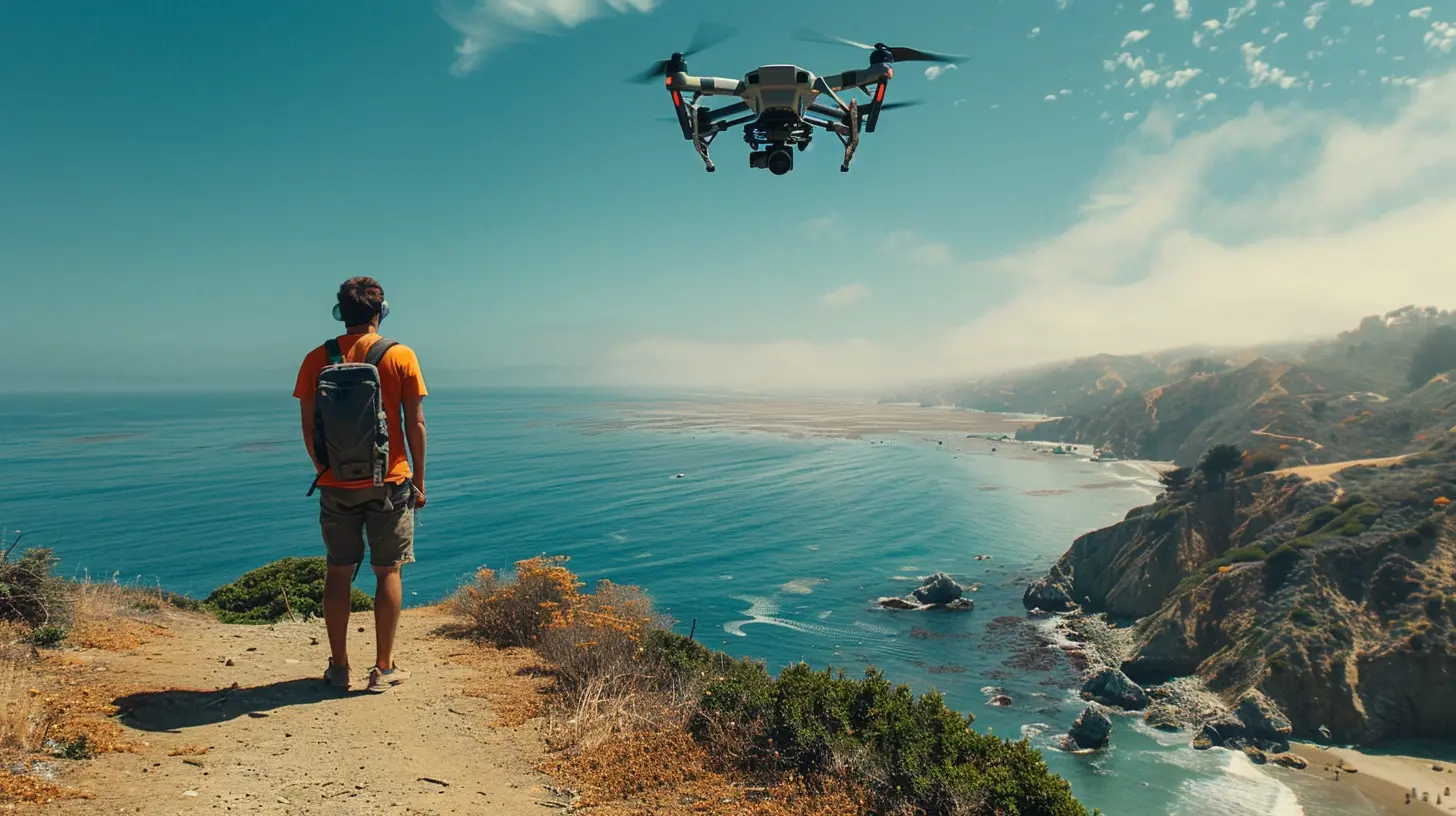
1. Choosing the Right Drone for Cinematography
Before you take off, you need the right gear. Not all drones are created equal, especially when it comes to cinematography. Some come with basic cameras that can shoot decent footage, while others are equipped with professional-grade cameras capable of 4K (or even 8K) resolution. So, how do you choose?Camera Quality Matters
When it comes to drone cinematography, the camera is king. Look for drones that have at least a 4K camera. This gives you the flexibility to crop your shots without losing clarity. Many pros opt for drones like the DJI Phantom 4 Pro or the DJI Inspire 2, which are equipped with excellent cameras suited for professional filmmaking.Pro Tip:
If you're serious about drone videography, consider a drone with interchangeable lenses. This gives you the flexibility to swap between wide-angle lenses for sweeping landscapes and zoom lenses for tighter shots.Stability and Flight Time
The last thing you want is shaky footage, right? That's why stability is crucial. Drones with advanced gimbal systems ensure that your footage remains smooth, even in windy conditions. Look for drones with 3-axis gimbals for the best results.Flight time is another factor to consider. Most consumer drones offer around 20-30 minutes of flight time per battery. If you're filming a lot, it’s worth investing in extra batteries to avoid interruptions.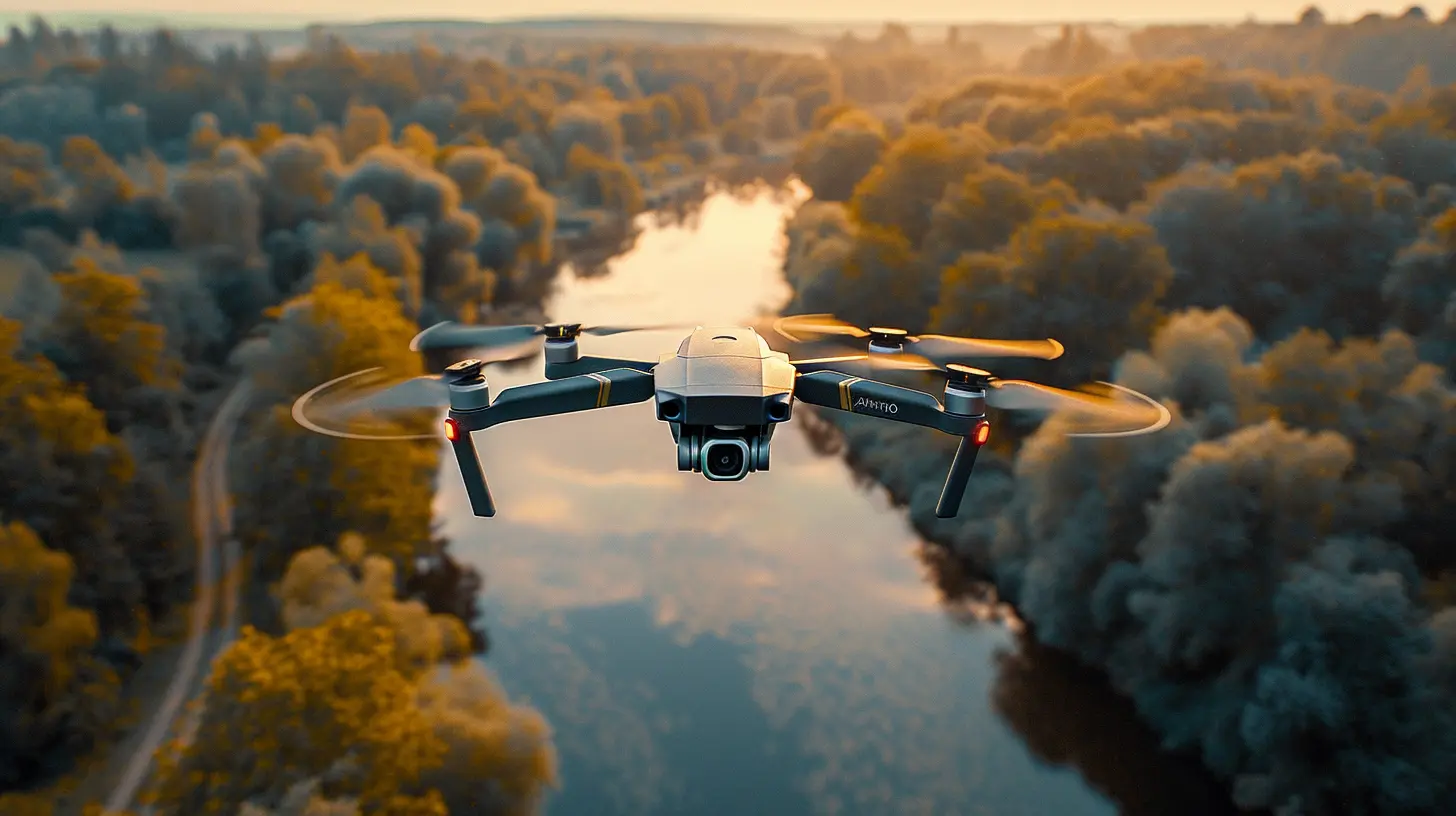
2. Mastering Drone Settings for Cinematic Shots
Once you’ve got your drone, the next step is mastering its settings. Just like a traditional camera, understanding the settings on your drone can dramatically impact the quality of your footage.Frame Rate and Resolution
If you want that cinematic feel, shoot at 24 frames per second (fps). This is the traditional frame rate used in film and gives your footage a more natural, less "video-like" feel. Most drones allow you to adjust the frame rate, so make sure you’re not shooting at 60fps unless you're planning on using slow-motion shots.As for resolution, always shoot in the highest available (ideally 4K). Even if you're outputting the final video in 1080p, shooting in 4K gives you more flexibility in post-production. You can crop, zoom, or pan across your footage without losing quality.
Manual vs. Automatic Settings
While it's tempting to leave your drone on auto, pros will tell you to switch to manual settings for the best results. Adjust the ISO, shutter speed, and white balance manually to suit the lighting conditions of your shot. For example, in bright daylight, you might want to keep your ISO low to avoid overexposure.Pro Tip:
Use ND (Neutral Density) filters to control the amount of light hitting the camera sensor. These are like sunglasses for your drone and are essential for shooting in bright conditions without overexposing your footage.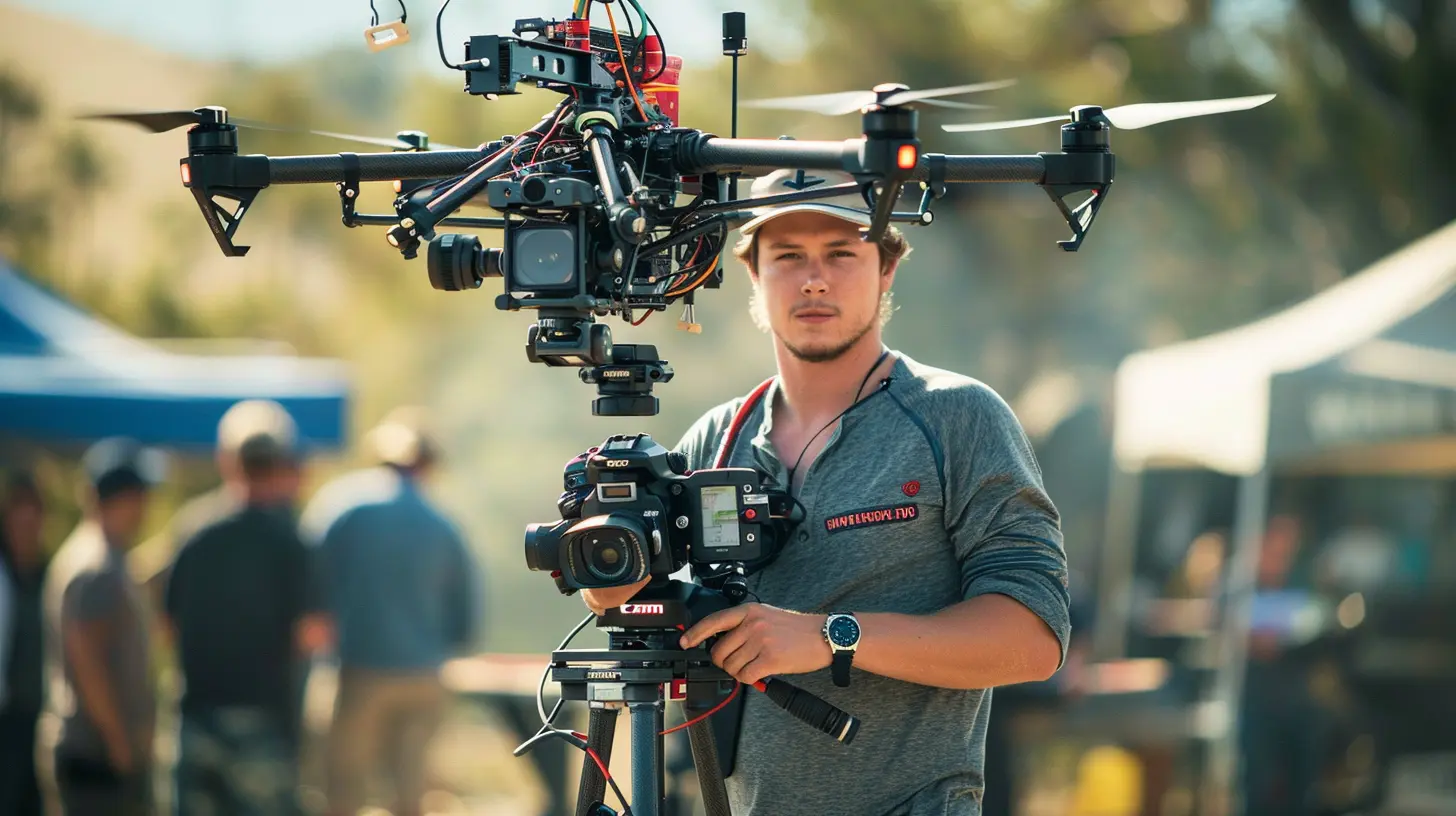
3. Planning Your Shot: Storyboarding and Location Scouting
Before you even take off, it’s important to have a plan. Wingin' it might work for casual flying, but if you want professional-looking footage, you need to approach your drone shots with the same level of preparation you would for any other type of cinematography.Storyboarding Your Shots
Just like in traditional filmmaking, storyboarding can help you visualize your shots before you even launch your drone. Sketch out or list the types of shots you want. Are you looking for dramatic sweeping shots over a landscape? Or maybe an overhead view of an urban environment? Having a clear vision will ensure you capture the footage you need efficiently.Location Scouting
Location is everything. Before flying, take the time to scout your location. Look for interesting elements like rivers, mountains, or buildings that can add depth to your footage. Additionally, check for any obstacles like power lines, trees, or buildings that could interfere with your flight.Pro Tip:
Use Google Earth to get a bird's-eye view of your location before you even go there. This can help you identify potential shooting angles and obstacles ahead of time.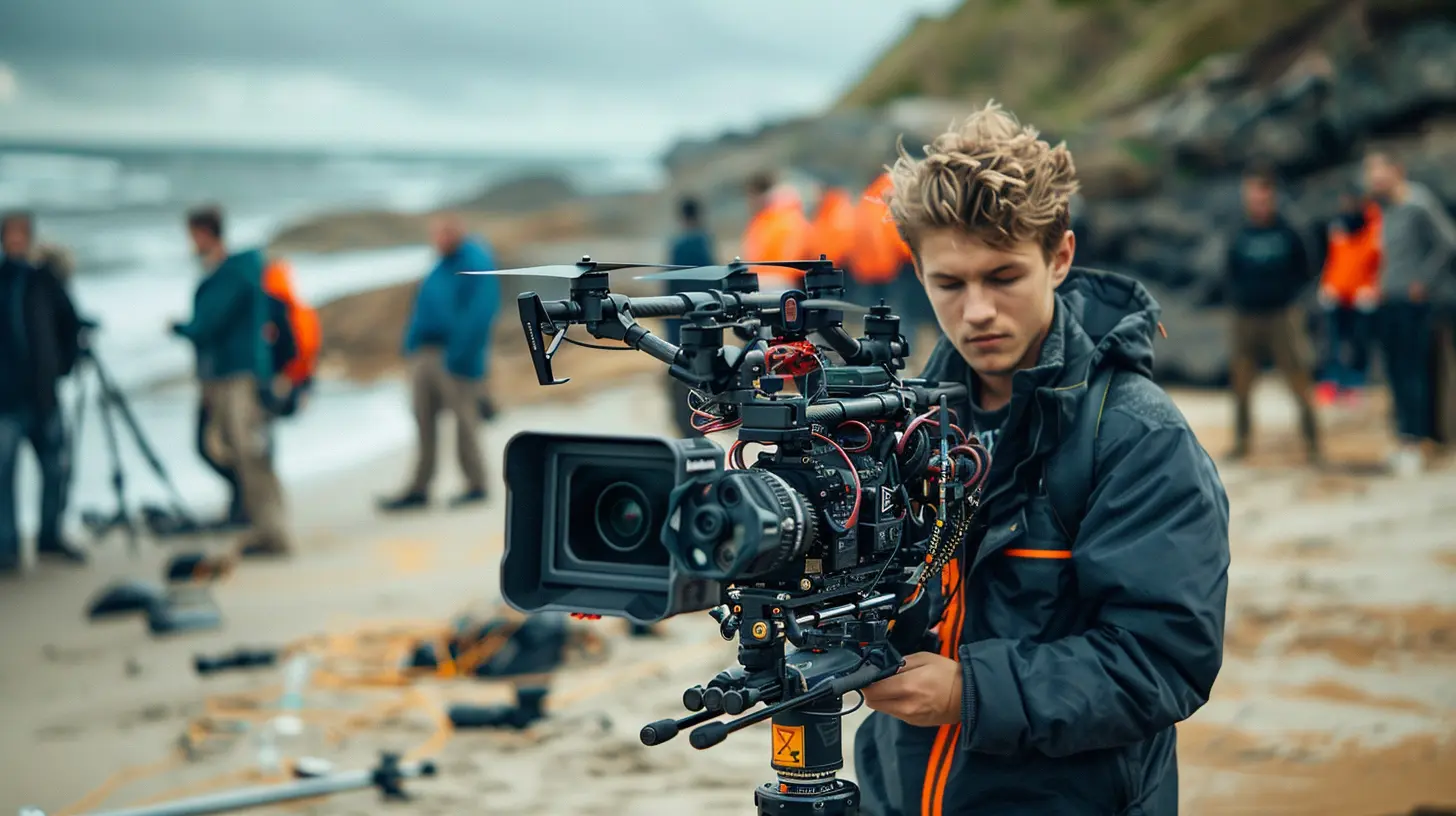
4. Flying Techniques for Cinematic Footage
Flying a drone is one thing; flying it smoothly to capture cinematic footage is another. Here are some flying techniques that pros use to get those buttery-smooth shots.Slow and Steady Wins the Race
One of the hallmarks of aerial cinematography is slow, controlled movements. Fast, jerky movements can ruin a shot. Practice flying slowly and making gradual adjustments to your drone’s position.The Reveal Shot
A popular technique in drone cinematography is the “reveal” shot. This involves starting with your camera focused on one object (like the ground or a building) and then slowly moving the drone up or away to reveal a larger scene. This creates a sense of awe and can be a powerful storytelling tool.The Orbit
An orbit shot involves flying your drone in a circle around a point of interest while keeping the camera focused on that point. This creates a dynamic, 360-degree view of your subject and is perfect for adding a sense of movement to your footage.Pro Tip:
Most drones have an automatic orbit feature, but if you want full control, practice doing it manually. This will give you more flexibility and allow you to adjust the speed and altitude to match your vision.5. Enhancing Your Footage in Post-Production
Great footage doesn’t end when the drone lands. Post-production is where your aerial shots truly come to life. Here are a few tips for editing drone footage like a pro.Color Grading for a Cinematic Look
Raw drone footage can often look flat, especially if you're shooting in a log profile (which is recommended for professionals). Color grading in post-production allows you to adjust the contrast, saturation, and tone of your footage, giving it that polished, cinematic look. Tools like Adobe Premiere, Final Cut Pro, or DaVinci Resolve offer powerful color grading options.Pro Tip:
If you're new to color grading, start with LUTs (Look-Up Tables). These are preset color profiles that can give your footage a professional look with just a click. You can always tweak them later to match your style.Stabilization in Post
Even with the best gimbal, some drone footage can still come out a little shaky. Most video editing software has built-in stabilization tools that can smooth out small bumps and jitters. Use this feature sparingly, though, as over-stabilizing can lead to unnatural-looking footage.6. Legal Considerations and Safety Tips
Before you take to the skies, it's essential to understand the legal and safety aspects of flying drones. Failure to do so can result in fines, legal trouble, or even accidents.Know the Local Laws
Each country (and sometimes specific regions) has its own set of laws regarding drone use. Make sure you're familiar with the regulations in your area. In many places, you'll need a special license if you're using drones for commercial purposes.Safety First
Always conduct a pre-flight check to ensure your drone is functioning correctly. Check the weather, as flying in high winds or rain can be dangerous. And remember, never fly your drone near airports, large crowds, or sensitive areas like military installations.Pro Tip:
Use apps like UAV Forecast or AirMap to check for no-fly zones and get real-time weather data before heading out.7. Continuously Improving: Learn from the Pros
The best way to master drone cinematography is to learn from those who’ve already done it. Follow professional drone pilots and filmmakers on platforms like YouTube or Instagram for inspiration. Don’t hesitate to experiment with new techniques and push the boundaries of what’s possible.Take Online Courses
There are plenty of online courses dedicated to drone cinematography. Platforms like Udemy or Skillshare offer affordable classes that cover everything from basic flying techniques to advanced cinematic shots and post-production.Conclusion
Mastering drone cinematography isn't just about owning the latest drone—it's about understanding the art and science behind capturing breathtaking aerial footage. From choosing the right gear and mastering settings to planning your shots and refining your techniques, there's a lot that goes into creating professional-quality drone footage. But with practice, patience, and a little guidance from the pros, you’ll soon be capturing jaw-dropping aerial shots that wow your audience.So, what are you waiting for? Get out there, take to the skies, and start creating cinematic masterpieces with your drone!
all images in this post were generated using AI tools
Category:
DronesAuthor:

Vincent Hubbard
Discussion
rate this article
19 comments
Madison Riggs
Perspective shifts. Artistry redefined through flight.
March 24, 2025 at 8:05 PM

Vincent Hubbard
Absolutely! Drones truly elevate our perspective, redefining artistry in ways we never imagined.
Bellamy Morgan
This article brilliantly distills crucial insights from industry experts, highlighting the blend of technical skill and creative vision essential for drone cinematography. The emphasis on both equipment mastery and storytelling elevates the craft remarkably.
March 19, 2025 at 5:08 AM

Vincent Hubbard
Thank you for your kind words! I’m glad you found the insights valuable. Balancing technical skill with storytelling is indeed key in drone cinematography.
Kimberly Martinez
Embrace the sky! Drone cinematography isn’t just a trend; it’s the future of storytelling. Get on board or get left behind!
March 12, 2025 at 5:46 AM

Vincent Hubbard
Absolutely! Drone cinematography is revolutionizing storytelling, and mastering it is essential for staying ahead in the industry. Let's explore these tips together!
Cain
Great insights! These tips will undoubtedly elevate any aspiring drone cinematographer's skills and creativity.
March 11, 2025 at 11:37 AM

Vincent Hubbard
Thank you! I'm glad you found the tips helpful for aspiring drone cinematographers!
Beth Yates
Great tips! Just remember, if your drone starts flying away, it’s not being rebellious—it's just auditioning for its own reality show!
March 8, 2025 at 1:58 PM

Vincent Hubbard
Haha, that's a fun way to put it! Thanks for the laugh! Remember, keeping your drone under control is key to capturing those stunning shots.
Edith Hayes
This article offers valuable insights into drone cinematography. The tips shared by industry professionals are both practical and inspiring for aspiring filmmakers.
March 7, 2025 at 5:22 AM

Vincent Hubbard
Thank you for your kind words! I'm glad you found the tips valuable and inspiring for your filmmaking journey. Happy flying!
Nicholas McDowell
This article expertly highlights essential insights from industry professionals, emphasizing the importance of composition, lighting, and flight techniques in drone cinematography. By integrating practical tips with real-world examples, it equips aspiring filmmakers with the foundational knowledge to elevate their aerial storytelling and enhance visual narratives effectively.
March 3, 2025 at 9:18 PM

Vincent Hubbard
Thank you for your thoughtful feedback! I'm glad you found the insights on composition, lighting, and flight techniques valuable for aspiring filmmakers. Happy filming!
Rhett Rhodes
Great insights! Excited to elevate my drone skills with these tips!
February 24, 2025 at 12:47 PM

Vincent Hubbard
Thanks so much! I’m glad you found the tips helpful—happy flying!
Edward McTiernan
This article offers valuable insights, but it could further explore the ethical implications of drone cinematography. Balancing creativity with responsibility is crucial as technology increasingly influences the visual storytelling landscape.
February 23, 2025 at 4:28 AM

Vincent Hubbard
Thank you for your insightful comment! I appreciate your suggestion and will consider incorporating a discussion on the ethical implications of drone use in future articles. Balancing creativity and responsibility is indeed vital in this evolving field.
Levi Clayton
What a fantastic read! It's inspiring to see insights from industry pros on mastering drone cinematography. The tips you’ve shared will undoubtedly help both beginners and seasoned filmmakers elevate their craft. I can't wait to try these techniques in my next project. Keep up the great work!
February 17, 2025 at 8:42 PM

Vincent Hubbard
Thank you so much for your kind words! I'm glad you found the tips helpful and inspiring. Best of luck with your next project!
Emmeline Walker
Loved this article! The insights from industry pros are invaluable for anyone looking to elevate their drone cinematography skills. Can't wait to try out these tips in my next project! 🚁✨
February 14, 2025 at 3:34 AM

Vincent Hubbard
Thank you! I'm glad you found the insights helpful—excited to see how you apply them in your project! 🚁✨
Sydney Wagner
This article is a goldmine for aspiring drone cinematographers! The insights from industry professionals are invaluable, offering practical tips and techniques that make mastering aerial shots more accessible. A must-read for anyone looking to elevate their filming skills!
February 11, 2025 at 1:57 PM

Vincent Hubbard
Thank you for your kind words! I'm glad you found the insights helpful and inspiring for your drone cinematography journey!
Fable Meyers
What a fantastic article! I'm excited to dive into these expert tips on drone cinematography. It's inspiring to see how technology can elevate storytelling through stunning visuals. Looking forward to applying these insights and capturing breathtaking moments from the sky. Keep up the great work!
February 8, 2025 at 9:06 PM

Vincent Hubbard
Thank you so much! I'm thrilled you found the tips inspiring. Enjoy capturing those breathtaking moments!
Liam Matthews
Great insights on drone cinematography! The tips from industry pros are incredibly valuable for both beginners and seasoned filmmakers. Mastering these techniques can truly elevate visual storytelling. I appreciate the emphasis on safety and creativity—both are crucial for capturing stunning aerial footage. Looking forward to more articles like this!
February 4, 2025 at 5:32 AM

Vincent Hubbard
Thank you for your kind words! I'm glad you found the insights valuable. Stay tuned for more tips on elevating your aerial storytelling!
Myles Adams
I love how drone cinematography opens up a whole new world for storytelling! These tips are not just helpful but also inspire creativity. Can't wait to experiment with my drone and capture some breathtaking shots! Thanks for sharing!
February 3, 2025 at 12:57 PM

Vincent Hubbard
Thank you for your enthusiasm! I'm excited to see the amazing shots you'll capture with your drone. Happy flying!
Harlow McGinnis
Drones are revolutionizing cinematography—get ready to elevate your storytelling! Forget the basics; it's time to harness cutting-edge techniques and push boundaries. Embrace innovation or get left behind. Let's soar!
February 2, 2025 at 8:53 PM

Vincent Hubbard
Absolutely! Drones are changing the game in filmmaking. Embracing these innovative techniques can truly elevate your storytelling to new heights. Let's push those boundaries together!
Nadine McLemore
Great insights! I appreciate the tips and advice from experienced professionals in drone cinematography.
February 1, 2025 at 8:16 PM

Vincent Hubbard
Thank you for your kind words! I'm glad you found the tips helpful. Happy flying!
Tilly McWain
This article sparks my curiosity! What specific techniques do industry pros recommend for capturing breathtaking aerial shots? Can't wait to try these tips myself!
January 31, 2025 at 9:20 PM

Vincent Hubbard
Thank you for your enthusiasm! Industry pros recommend techniques like planning your shots, using dynamic angles, practicing smooth movements, and utilizing natural light for stunning aerial photography. Happy flying!
Wesley Palmer
What an insightful read! The tips shared by industry pros are invaluable for anyone looking to elevate their drone cinematography skills. Excited to try these techniques and capture stunning aerial shots! Thank you!
January 30, 2025 at 3:51 AM

Vincent Hubbard
Thank you so much for your kind words! I'm thrilled you found the tips helpful—can't wait to see the stunning shots you create!
MORE POSTS

Understanding the Differences Between C# and Java

How to Stay Secure While Using Cryptocurrency

Speed Up Your Computer with These Disk Cleanup Techniques
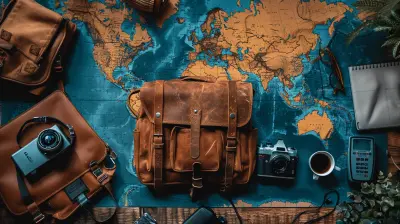
The Best Portable Tech for Digital Nomads

The Importance of Disaster Recovery in the Cloud

How IoT Devices are Creating Smart Retail Experiences

How to Protect Yourself from Keyloggers and Spyware

The Role of Electric Bikes in Reducing Traffic Congestion

Streaming Devices and VPNs: Unlocking Global Content

How to Find the Best Deals on Electric Vehicles

The Role of Wireless Charging in Autonomous Vehicles

Smartphone Myths Debunked: Separating Fact from Fiction